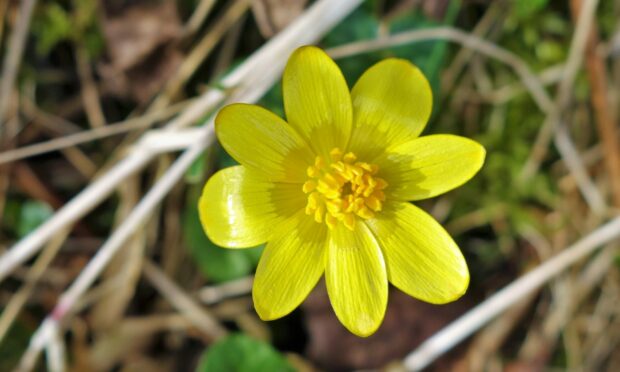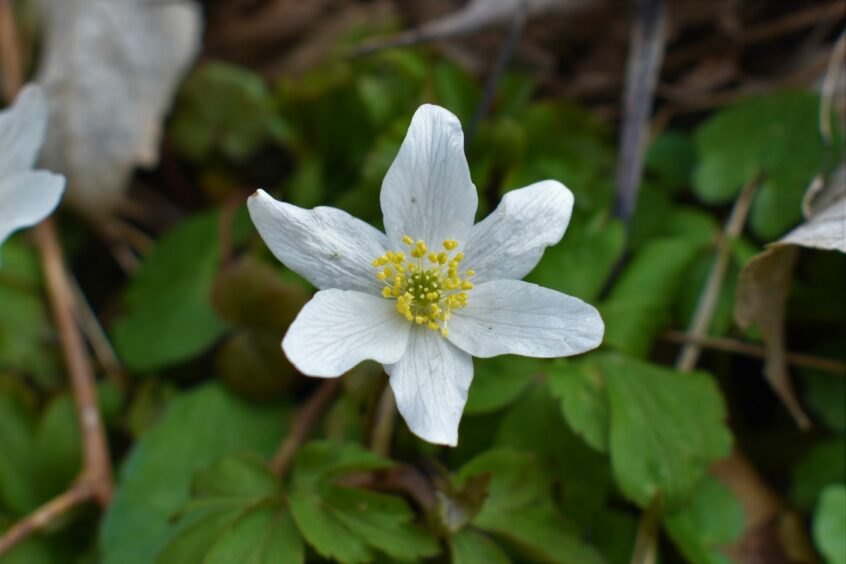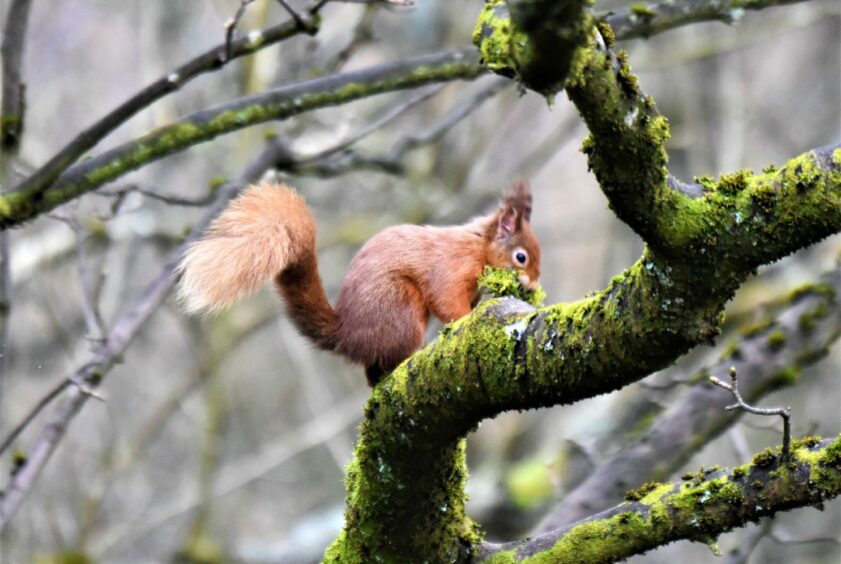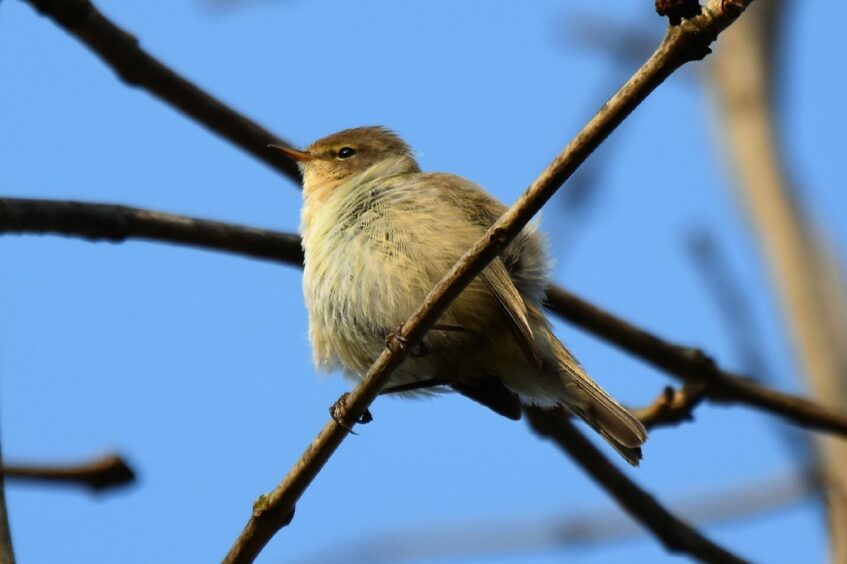It is an awakening, a stirring from the heart of the soil as the leaves of our early spring flowers slowly emerge in a green unfurling that will quickly be followed by startling yellow and white blooms.
After more than 50 springs, my thrill in finding the first gold-spangled flowers of lesser celandines never diminishes – indeed, the exact opposite is the case, and I still recall vividly the whoop of joy from last spring on my first glimpse of these wonderful flowers.
These early spring flowers are processional in their emergence – lesser celandines are generally first in bloom, followed by the creamy flowers of wood anemones, and then a burst of colour-fantastic as the dog violets, primroses and ramsons (wild garlic) all hasten their magical brilliance.
And, of course, these flowers stir insects into action such as queen buff-tailed bumblebees, which after a long winter of hibernation, will eagerly feast upon early nectar and pollen before seeking out an abandoned mouse hole as a nest site to raise the next generation.
Early season favourite
My favourite early season insect is undoubtedly the bee-fly, which is one of our most charismatic creatures with an impossibly long proboscis and engaging behaviour.
If the sun is shining, then more times than not a bee-fly will miraculously appear in the garden as if from nowhere and hover above my garden chair.
I’m not sure why bee-flies should find my seated body so enticing, but every year without fail, I will see one hovering above me as if aroused by some insatiable curiosity.
Perhaps the attraction is down to the colour of my clothes resembling a cluster of wildflowers, or could there be some strange lure from my deodorant?
Down by the river, I am expecting sand martins to appear any day now after having completed their marathon migration from the Sahel region of Africa.
First chiffchaffs
Already, I have seen my first chiffchaffs – small summer-visiting warblers – that have been making their presence felt with their distinctive two-syllable calls.
In the wood behind my house, I have been engrossed by a female red squirrel building a drey (nest) in the high fork of an ash.
She busily shuttles back and forwards in her endeavours, carefully cutting twigs off branches with her sharp teeth, and then constructing them into a dome-shaped construction.
Once the outside shell of the drey was completed, she carefully gathered moss in her mouth that was gleaned from tree trunks.
After a decent mouthful had been collected, she would scamper across the branches to line the inside of the drey with its enduring green softness, which will make excellent bedding for her young once born.
I can’t help wondering how safe her nest will be.
Crows, and sometimes ravens, often hang around this part of the wood, and one could easily find the drey and predate upon the babies.
That’s nature, I suppose, but I can’t help feeling sad about life being snatched away when it hasn’t even had a chance to prosper.













